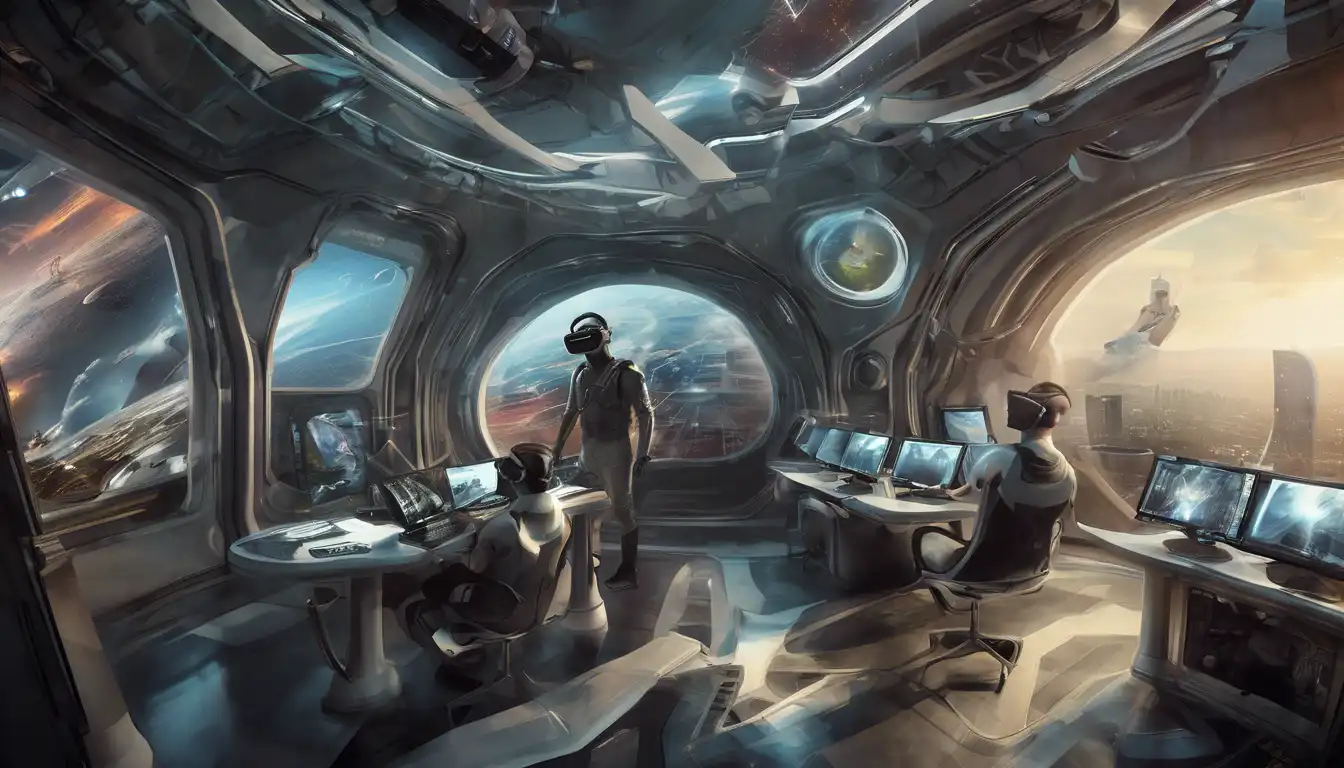Introduction to Virtual Reality
Virtual Reality (VR) has emerged as a groundbreaking technology that is reshaping how we interact with digital environments. From gaming to education, VR is paving the way for immersive experiences that were once the stuff of science fiction.
The Evolution of Virtual Reality
The journey of VR from a niche concept to a mainstream technology is a testament to human ingenuity. Early experiments in the 20th century laid the groundwork for today's sophisticated VR systems, which combine high-resolution displays, motion tracking, and haptic feedback to create realistic virtual worlds.
Applications of Virtual Reality
VR's applications are as diverse as they are transformative. Here are some key areas where VR is making an impact:
- Gaming: VR has revolutionized the gaming industry by offering players an unprecedented level of immersion.
- Education: Virtual classrooms and simulations provide students with interactive learning experiences.
- Healthcare: From surgical training to therapy, VR is enhancing patient care and medical education.
- Real Estate: Virtual tours allow potential buyers to explore properties from the comfort of their homes.
The Future of Virtual Reality
As technology advances, the potential for VR continues to expand. Innovations such as augmented reality (AR) and mixed reality (MR) are blending the physical and digital worlds, opening up new possibilities for interaction and engagement.
Challenges and Considerations
Despite its potential, VR faces challenges such as high costs, technical limitations, and concerns about social isolation. Addressing these issues is crucial for the widespread adoption of VR technology.
Conclusion
Virtual Reality stands at the forefront of technological innovation, offering endless possibilities for entertainment, education, and beyond. As we navigate the challenges and embrace the opportunities, VR is set to redefine our digital future.
For more insights into the latest tech trends, explore our tech trends section.
